
Westpunt: The Hidden Gem of Curaçao
Discover Westpunt in Curaçao: A serene retreat offering pristine beaches, rich marine life, scenic hikes, and delectable seafood in a tranquil village setting.
Nestled in the northwestern tip of Curaçao, Westpunt is a tranquil haven for nature lovers and adventure seekers alike. Known for its pristine beaches and rich marine life, this charming village offers a perfect blend of relaxation and exploration. Dive into the crystal-clear waters of Playa Kalki or Playa Grandi, where you can swim alongside sea turtles and vibrant coral reefs. For those who prefer to stay on land, the rugged terrain and scenic trails of Shete Boka National Park provide ample opportunities for hiking and wildlife spotting. The park is famous for its dramatic limestone formations and natural blowholes, where waves crash against the rocky coast with breathtaking force. Westpunt is also home to some of Curaçao's most delectable seafood. Local restaurants serve up fresh catches of the day, often accompanied by stunning ocean views. Don't miss out on trying the island's signature dish, Keshi Yena, a mouthwatering stuffed cheese delight. Whether you're sunbathing on a secluded beach, snorkeling in turquoise waters, or savoring local cuisine, Westpunt promises an unforgettable escape from the hustle and bustle of more touristy spots.
Local tips in Westpunt
- Visit Playa Grandi early in the morning for the best chance to swim with sea turtles.
- Bring sturdy shoes for hiking in Shete Boka National Park; the terrain can be rugged.
- Try local dishes at the seaside restaurants for an authentic taste of Curaçao's cuisine.
- Rent a car to explore the area at your own pace, as public transportation is limited.
- Pack reef-safe sunscreen to protect both your skin and the delicate marine ecosystem.
Westpunt: The Hidden Gem of Curaçao
Nestled in the northwestern tip of Curaçao, Westpunt is a tranquil haven for nature lovers and adventure seekers alike. Known for its pristine beaches and rich marine life, this charming village offers a perfect blend of relaxation and exploration. Dive into the crystal-clear waters of Playa Kalki or Playa Grandi, where you can swim alongside sea turtles and vibrant coral reefs. For those who prefer to stay on land, the rugged terrain and scenic trails of Shete Boka National Park provide ample opportunities for hiking and wildlife spotting. The park is famous for its dramatic limestone formations and natural blowholes, where waves crash against the rocky coast with breathtaking force. Westpunt is also home to some of Curaçao's most delectable seafood. Local restaurants serve up fresh catches of the day, often accompanied by stunning ocean views. Don't miss out on trying the island's signature dish, Keshi Yena, a mouthwatering stuffed cheese delight. Whether you're sunbathing on a secluded beach, snorkeling in turquoise waters, or savoring local cuisine, Westpunt promises an unforgettable escape from the hustle and bustle of more touristy spots.
When is the best time to go to Westpunt?
Iconic landmarks you can’t miss
Christoffel National Park
Experience the natural beauty and rich biodiversity of Christoffel National Park, a premier destination for nature lovers and adventure seekers in Curaçao.
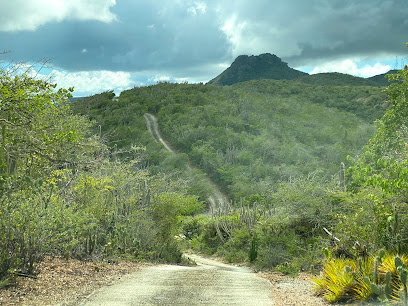
Shete Boka National Park
Explore the stunning cliffs, hidden beaches, and diverse wildlife of Shete Boka National Park in Curaçao, a true natural wonder for travelers.
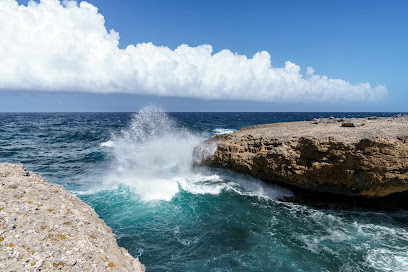
Restaurant Playa Forti
Experience the exquisite flavors of Curaçao at Restaurant Playa Forti, where breathtaking ocean views meet delightful Caribbean cuisine.
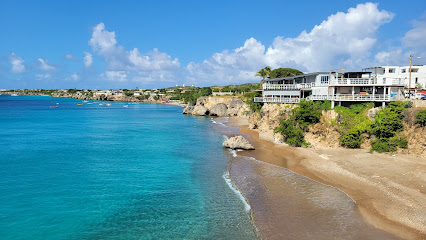
Boka Pistol
Discover the breathtaking beauty of Boka Pistol in Curaçao, where stunning coastal views and vibrant marine life await every visitor.
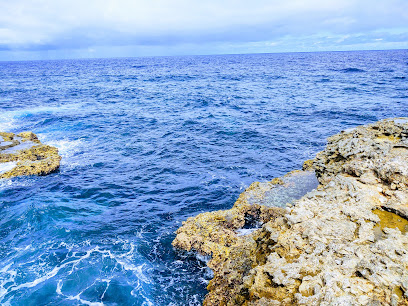
Jaanchie Restaurant
Experience the authentic flavors of Curaçao at Jaanchie Restaurant, where local cuisine meets a serene dining atmosphere in beautiful Sabana Westpunt.
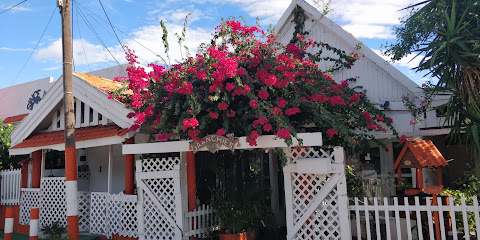
Watamula Hole
Discover the breathtaking Watamula Hole in Curaçao, where dramatic cliffs and crashing waves create a spectacular natural attraction for all adventure seekers.
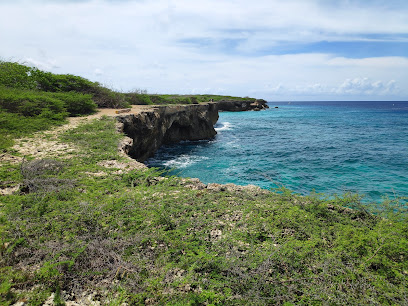
Blue View Sunset Terrace
Experience unforgettable sunsets and delicious cuisine at Blue View Sunset Terrace in Westpunt, Curaçao.
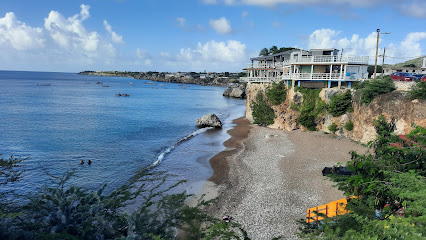
Sol Food
Experience the vibrant flavors of Caribbean cuisine at Sol Food, Westpunt's culinary delight in Curaçao, perfect for every food lover.

Christoffel mountain
Discover the breathtaking beauty of Christoffel Mountain, the highest point in Curaçao, for an unforgettable hiking adventure and stunning panoramic views.
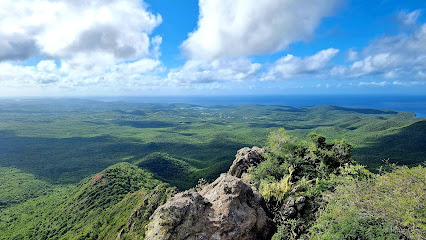
Boka Tabla
Discover the breathtaking coastal beauty of Boka Tabla in Curaçao, a natural wonder featuring dramatic cliffs, vibrant marine life, and stunning scenery.
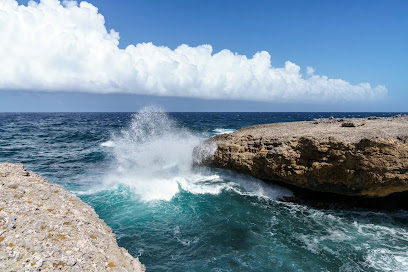
Boka Wandomi
Discover the breathtaking beauty of Boka Wandomi, a stunning tourist attraction in Curaçao known for its crystal-clear waters and vibrant marine life.
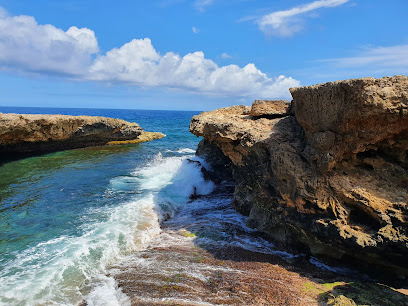
Rancho El Sobrino
Discover the tranquility of Rancho El Sobrino in Curaçao, where comfort meets adventure in a stunning tropical setting.

Marazul Dive Resort
Discover the beauty of Curaçao at Marazul Dive Resort, where adventure meets relaxation in a stunning seaside setting perfect for divers and beach lovers.

Manor Knip
Explore the captivating heritage and stunning landscapes of Manor Knip, a must-visit historical gem in Curaçao.
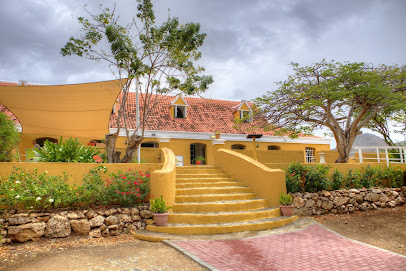
Landhuis Ascencion
Explore Landhuis Ascencion, a historical museum and lodging in Barber, Curaçao, showcasing rich culture amidst beautiful gardens.
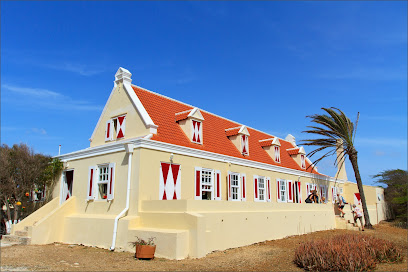
Unmissable attractions to see
Queen Emma Bridge
Explore the enchanting Queen Emma Bridge in Willemstad, a floating marvel connecting vibrant districts, rich in history and stunning views.
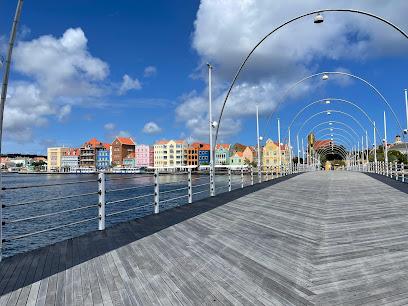
Mambo Beach
Discover the vibrant atmosphere, stunning sands, and thrilling water sports at Mambo Beach in Willemstad, Curaçao - a tropical paradise waiting for you.
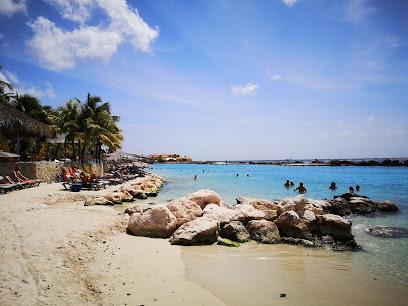
Cas Abao Beach
Experience the picturesque paradise of Cas Abao Beach in Willemstad, Curaçao, where sun, sea, and serenity await every traveler.
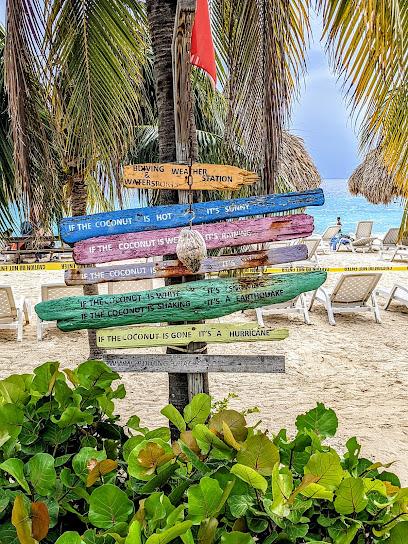
Curaçao Sea Aquarium
Explore the vibrant marine life at Curaçao Sea Aquarium, a top tourist attraction in Willemstad offering interactive exhibits and unforgettable animal encounters.
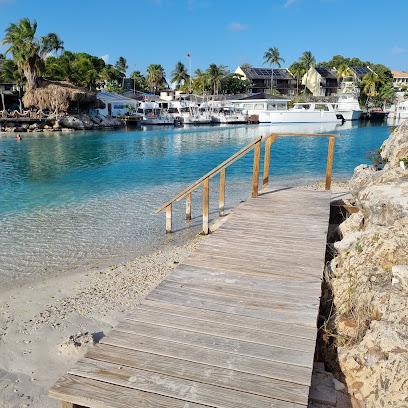
Kokomo Beach
Discover the beauty of Kokomo Beach in Willemstad, Curaçao, where sun, sand, and sea create the ultimate Caribbean escape.

Landhuis Chobolobo
Discover the rich history and exquisite flavors of Blue Curaçao at Landhuis Chobolobo, a must-visit treasure in Willemstad.
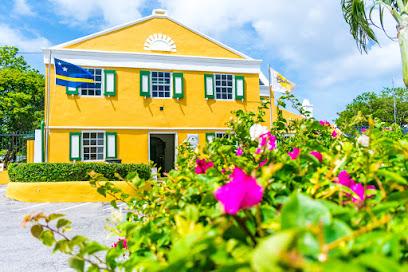
Grote Knip
Discover the breathtaking beauty of Grote Knip, one of Curaçao's finest beaches, perfect for relaxation, snorkeling, and stunning sunset views.

Hato Caves
Uncover the natural beauty and historical significance of Hato Caves, a stunning limestone formation in Curaçao's lush landscape.
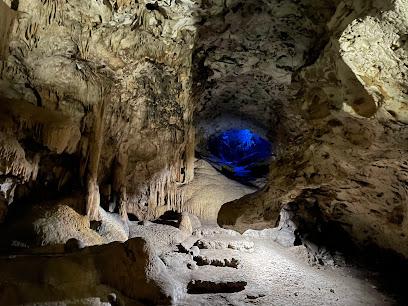
Playa Grandi
Explore the stunning Playa Grandi in Sabana Westpunt, Curaçao, a paradise of clear waters, vibrant marine life, and breathtaking sunsets.
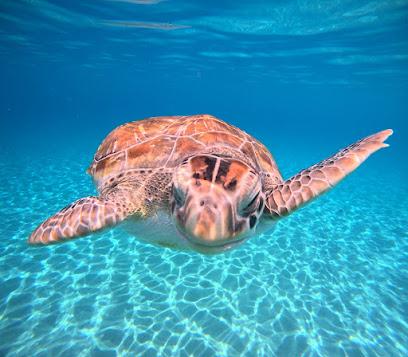
Christoffel National Park
Discover the captivating beauty and rich biodiversity of Christoffel National Park, Curaçao's premier destination for nature lovers and adventurers.
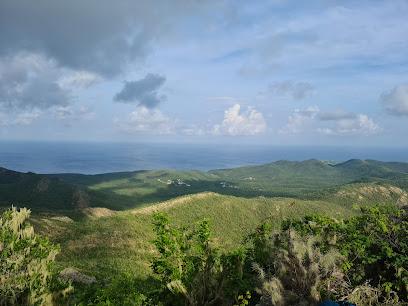
Playa Lagun
Experience the breathtaking beauty of Playa Lagun, a tranquil beach in Curaçao perfect for relaxation, snorkeling, and enjoying the Caribbean sun.
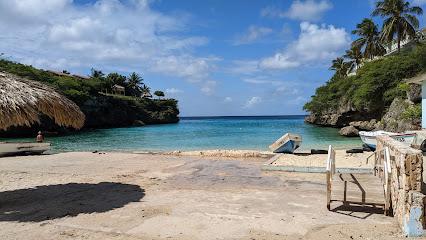
Shete Boka National Park
Explore the breathtaking landscapes and rich biodiversity of Shete Boka National Park, a must-visit destination in Curaçao for nature lovers and adventure seekers.
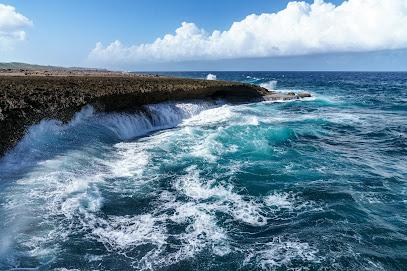
Daaibooi Beach
Experience the breathtaking beauty of Daaibooi Beach in Curaçao, where sun, sea, and serenity await your discovery.
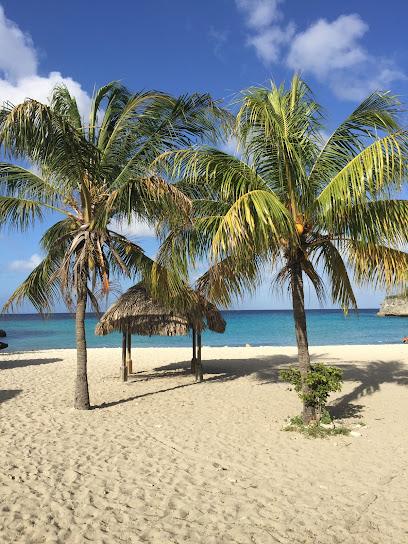
Flamingos
Explore the captivating bird-watching paradise of Flamingos in Curaçao, where vibrant wildlife and stunning landscapes await nature enthusiasts.
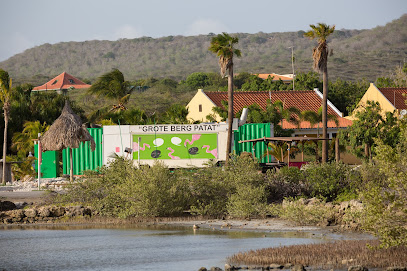
Brión Square
Explore Brión Square in Willemstad, Curaçao: A vibrant plaza full of culture, local cuisine, and stunning views of the iconic harbor.
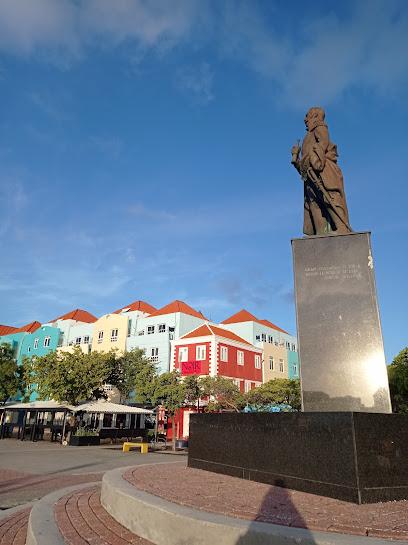
Essential places to dine
Cas Abao Beach
Explore Cas Abao Beach: A Hidden Gem in Curaçao with Stunning Waters and Vibrant Marine Life Perfect for Relaxation and Adventure.
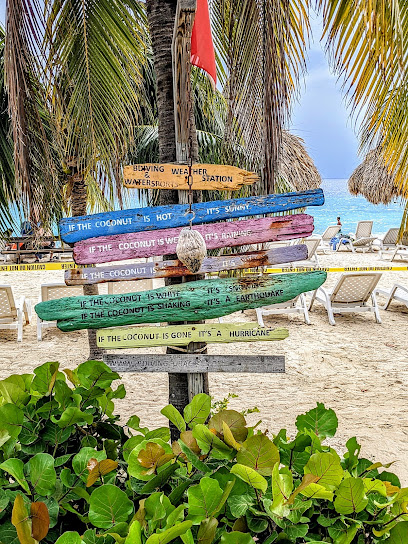
Zanzibar Beach & Restaurant
Experience exquisite dining by the beach at Zanzibar Beach & Restaurant - savor local flavors with stunning ocean views in Curaçao.
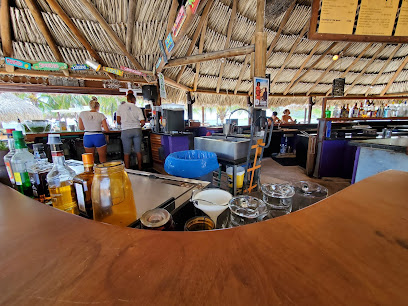
De Visserij piscadera
Experience authentic Caribbean seafood at De Visserij Piscadera in Willemstad - where freshness meets stunning seaside views.
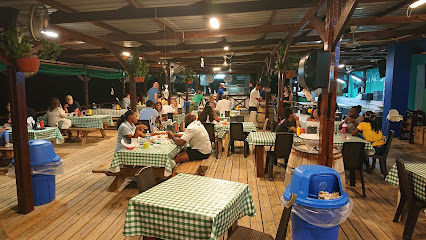
Pirate Bay Curaçao Beach Club and Restaurant
Discover paradise at Pirate Bay Curaçao Beach Club & Restaurant – where delicious cuisine meets breathtaking ocean views.
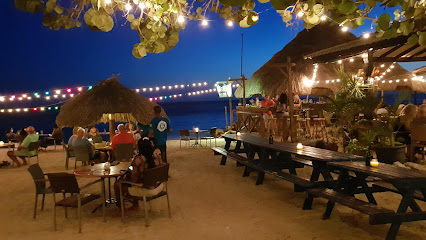
Restaurant & Café Gouverneur De Rouville
Experience exquisite dining at Restaurant & Café Gouverneur De Rouville in Willemstad, where Caribbean flavors meet stunning harbor views.
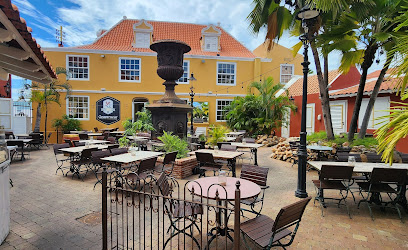
Karakter Beach - Lounge - Restaurant
Discover culinary delights at Karakter Beach – where stunning ocean views meet exceptional dining experiences in Curaçao.
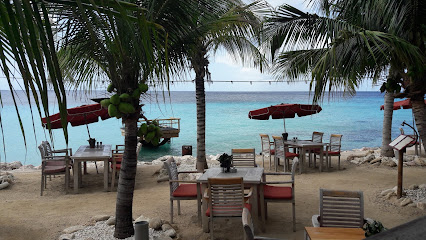
Brisa Do Mar
Discover authentic Caribbean flavors at Brisa Do Mar in Jan Thiel – a must-visit restaurant offering breathtaking ocean views and delicious cuisine.
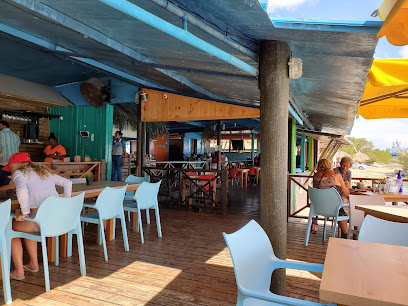
Eetcafé De Buurvrouw
Discover authentic Caribbean flavors at Eetcafé De Buurvrouw in beautiful Curaçao - a delightful dining experience with stunning views.
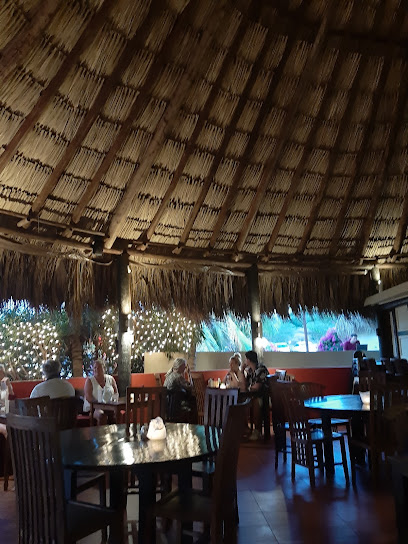
Sea Side Terrace
Discover fresh seafood delights at Sea Side Terrace in Willemstad - where stunning ocean views meet culinary excellence.
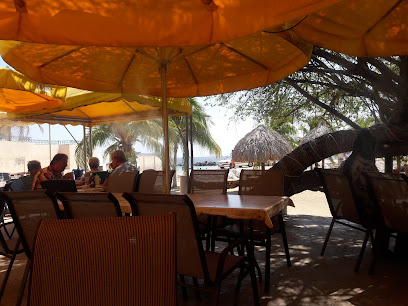
Restaurant Playa Forti
Discover flavorful seafood and stunning ocean views at Restaurant Playa Forti in Sabana Westpunt, Curaçao - a culinary paradise for every tourist.
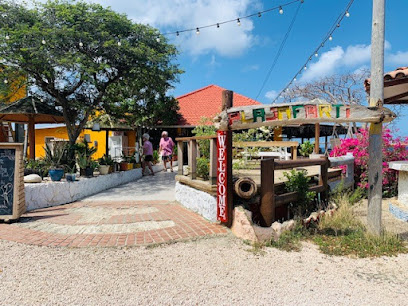
Jaanchie Restaurant
Discover authentic Caribbean cuisine at Jaanchie Restaurant in Sabana Westpunt, where every meal tells a story of tradition and flavor.
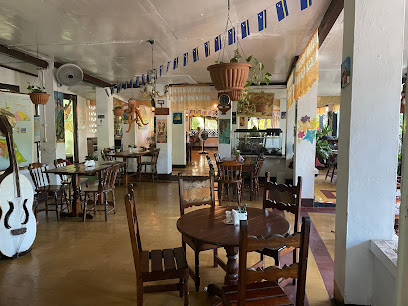
Bali Restaurant Grote Berg
Experience authentic flavors and vibrant dining at Bali Restaurant Grote Berg in beautiful Curaçao.
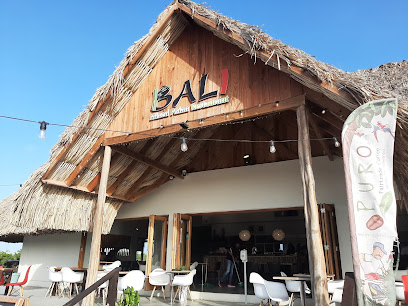
Dal Toro Restaurant
Discover authentic Italian cuisine at Dal Toro Restaurant in Willemstad - where every meal is a celebration of flavor and culture.
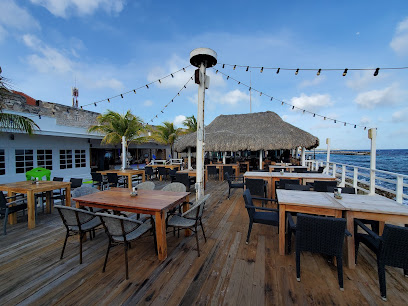
MOOD Beach Curacao
Discover culinary bliss and breathtaking views at MOOD Beach Curacao—where every meal feels like a vacation.
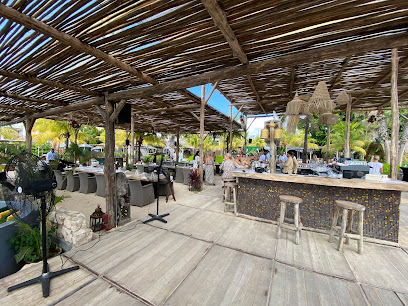
Blue View Sunset Terrace
Experience culinary delights at Blue View Sunset Terrace with stunning sunset views over the Caribbean Sea in Westpunt, Curaçao.
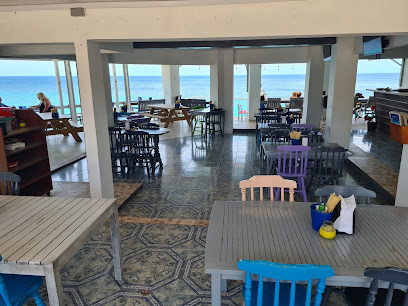
Markets, malls and hidden boutiques
Sambil Curacao
Discover the ultimate shopping experience at Sambil Curacao, where local charm meets international flair in a vibrant atmosphere.
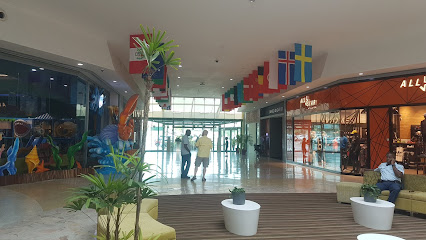
La Curacao
Explore La Curacao, a vibrant department store in Willemstad, offering a variety of products and unique souvenirs for every traveler.
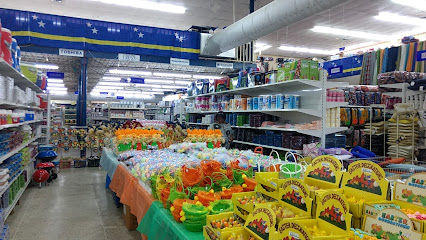
Veeris Pet Center
Explore Veeris Pet Center in Willemstad, Curaçao, your one-stop shop for quality pet supplies and expert advice for your beloved furry friends.
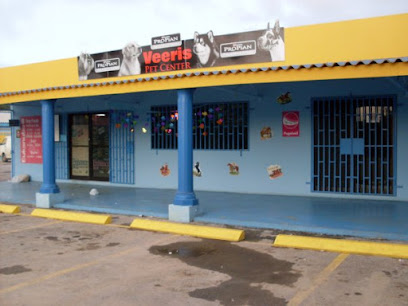
Go West Diving Curacao
Discover breathtaking underwater landscapes and dive adventures at Go West Diving in Curacao, your gateway to the Caribbean's vibrant marine life.
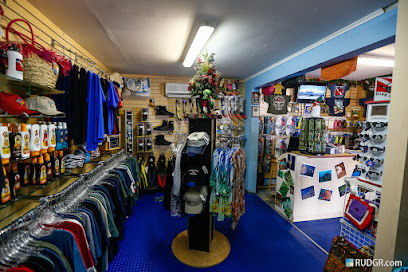
Balani's
Discover unique clothing and vibrant fashion at Balani's in Willemstad, Curaçao - a must-visit for every traveler.
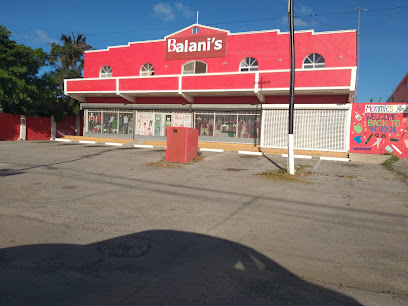
Chichi Shop Punda
Discover authentic Curaçaoan souvenirs at Chichi Shop Punda, a vibrant store in Willemstad offering unique handcrafted items and gifts.
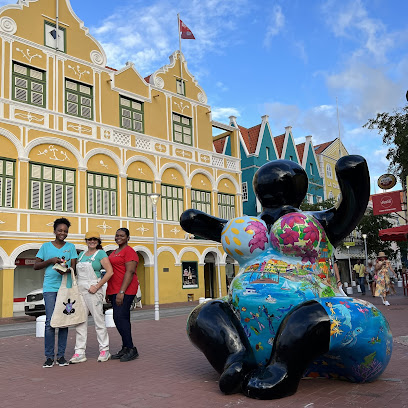
Sweetheart Curacao
Discover enchanting toys and games at Sweetheart Curacao, a must-visit destination for families in Willemstad, Curaçao.
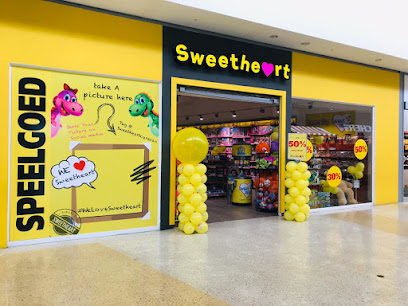
Playa Knip Smoothies
Discover Playa Knip Smoothies, the ultimate ice cream destination in Curaçao, where delicious treats meet stunning beach views for an unforgettable experience.
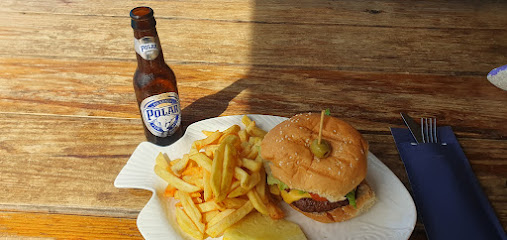
Farm Fresh Goods by Portugese
Discover the taste of Curaçao at Farm Fresh Goods by Portuguese, your ultimate destination for fresh produce and local delicacies.
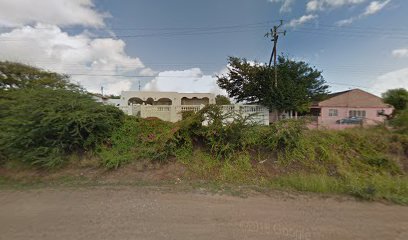
Jolly Fashion by Prakash
Explore Jolly Fashion by Prakash in Willemstad for unique clothing, jewelry, and accessories that reflect Curacao's vibrant culture.
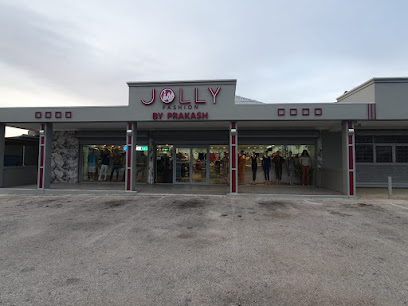
JOY by OPRA
Discover unique souvenirs and local crafts at JOY by OPRA, a charming gift shop in Willemstad, Curaçao, perfect for all tourists.
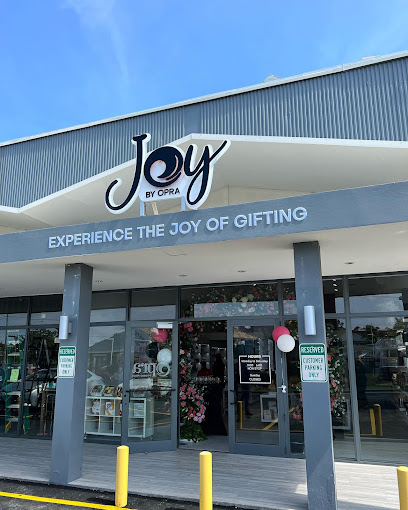
Island Treasures
Explore authentic artisan souvenirs at Island Treasures in Willemstad, Curaçao - a vibrant hub of creativity and culture.
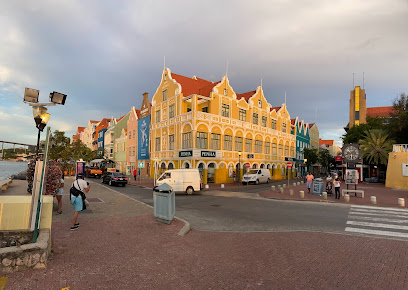
I love Curacao #The hidden beauty of the Caribbean
Explore I Love Curacao, a charming souvenir store in Willemstad, and find unique treasures that capture the essence of the Caribbean.
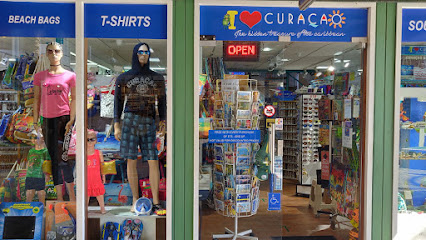
Britt Shop
Explore the vibrant Britt Shop at Curacao Hato International, your source for unique local souvenirs and gifts that capture the essence of Curaçao.
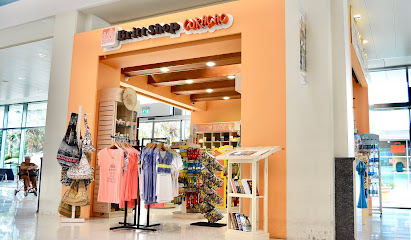
Unique point
Discover Unique Point, the ultimate men’s clothing store in Willemstad for stylish fashion and a personalized shopping experience.
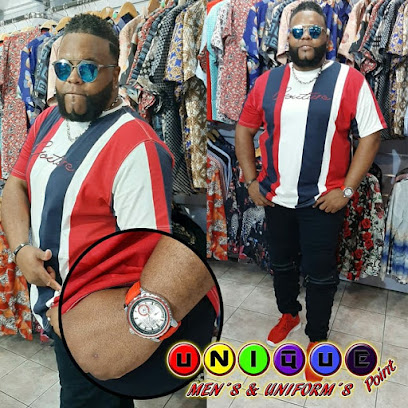
Essential bars & hidden hideouts
Restaurant Playa Forti
Experience authentic Caribbean cuisine with breathtaking ocean views at Restaurant Playa Forti in Curaçao.
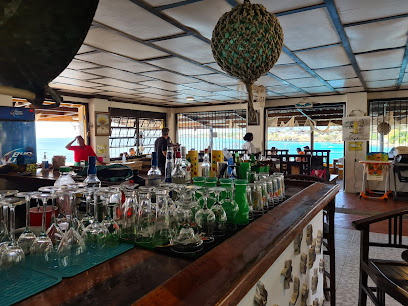
Jaanchie Restaurant
Experience authentic Caribbean cuisine at Jaanchie Restaurant in Sabana Westpunt, Curaçao, where every dish tells a story of island flavors.

Daaibooi Beach Bar
Daaibooi Beach Bar in Willemstad, Curaçao offers a relaxing tropical escape with stunning ocean views and delicious cocktails at affordable prices.
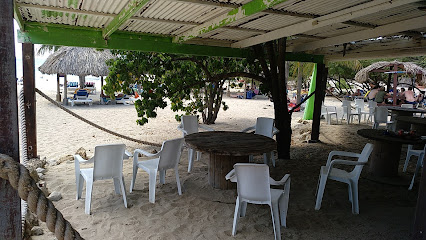
Blue View Sunset Terrace
Experience exquisite dining with stunning sunset views at Blue View Sunset Terrace in Westpunt, Curaçao.
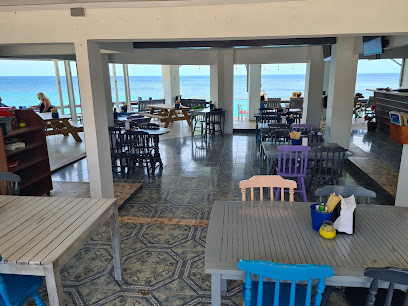
Shelterrock Paradise
Discover the vibrant flavors and live music at Shelterrock Paradise, a culinary gem in Jan Donker, Curaçao, perfect for unforgettable dining experiences.
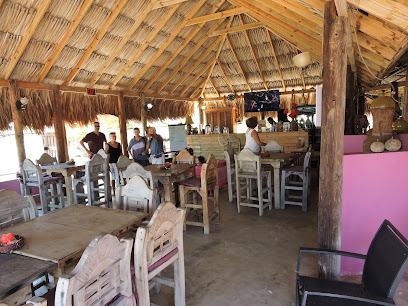
Sol Food
Experience authentic Caribbean flavors at Sol Food in Westpunt, Curaçao - a culinary delight for every traveler.
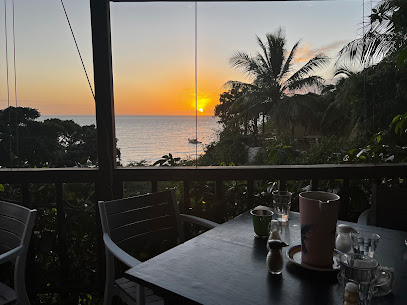
Bahia Beach Bar & Restaurant
Discover the flavors of the Caribbean at Bahia Beach Bar & Restaurant, where stunning views and delicious cuisine meet in perfect harmony.
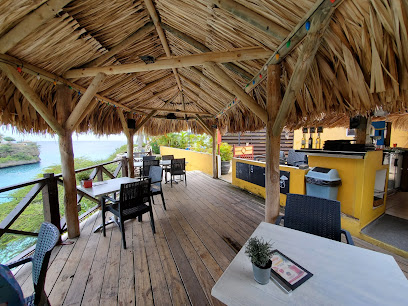
Koraal Rooftop Terrace
Experience breathtaking views and exquisite dining at Koraal Rooftop Terrace, a hidden gem in Curaçao's Coral Estate, perfect for relaxation and culinary delight.
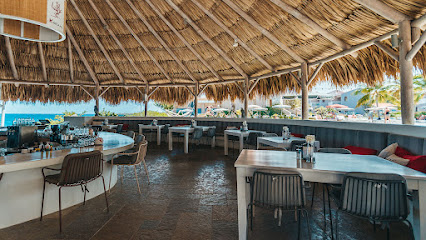
Cactus Cafe
Experience the vibrant flavors of Curaçao at Cactus Cafe, a culinary paradise nestled in the heart of Sabana Westpunt, perfect for food lovers.
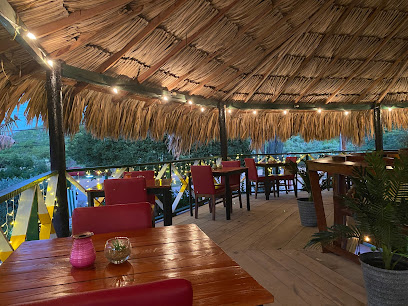
Kunuku Pachi Colá
Discover the rich culinary traditions of Curaçao at Kunuku Pachi Colá, a charming restaurant in Sabana Westpunt serving authentic local flavors.
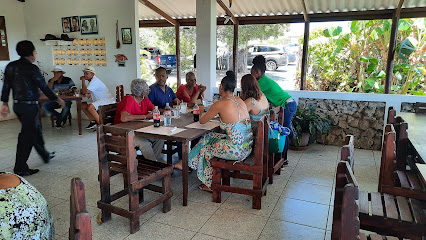
Isabelle Off The Beach
Experience the flavors of Curaçao at Isabelle Off The Beach, a culinary haven offering exquisite local dishes and a vibrant dining atmosphere.
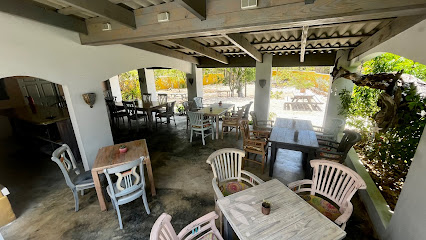
Doo-shee cocktail bar
Experience the vibrant nightlife of Curaçao at Doo-shee Cocktail Bar, renowned for its exquisite cocktails and stunning waterfront views.
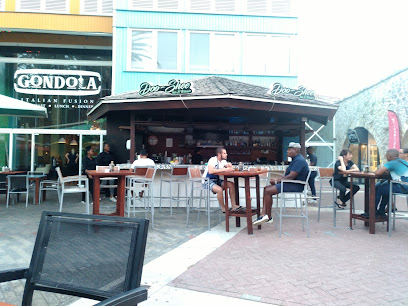
The World Best Mojito Bar
Discover the refreshing taste of the Caribbean at The World Best Mojito Bar, where every sip is a celebration of flavor and fun in Willemstad.

Cast away beach bar curacao
Discover the relaxing ambiance of Cast Away Beach Bar in Curaçao, where delicious food meets stunning ocean views for an unforgettable experience.

Kiosk Playa Kenepa
Experience the best of Caribbean cuisine at Kiosk Playa Kenepa, where every bite is a celebration of island flavors amid breathtaking beach views.
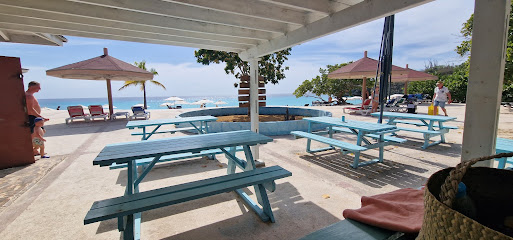
Local Phrases
-
- HelloBon dia
[bon dee-ah] - GoodbyeAyo
[ah-yo] - YesSi
[see] - NoNo
[noh] - Please/You're welcomePor fabor
[por fah-bor] - Thank youDanki
[dahn-kee] - Excuse me/SorrySori
[soh-ree] - How are you?Kon ta bai?
[kon tah by] - Fine. And you?Bon. I bu?
[bon. ee boo] - Do you speak English?Bo papia Ingles?
[boh pah-pee-ah een-gles] - I don't understandMi no ta kompronde
[mee noh tah kom-pron-deh]
- HelloBon dia
-
- I'd like to see the menu, pleaseMi ke mira e menu, por fabor
[mee keh mee-rah eh meh-noo por fah-bor] - I don't eat meatMi no kome karni
[mee noh koh-meh kar-nee] - Cheers!Salud!
[sah-lood] - I would like to pay, pleaseMi ke paga, por fabor
[mee keh pah-gah por fah-bor]
- I'd like to see the menu, pleaseMi ke mira e menu, por fabor
-
- Help!Yudami!
[yoo-dah-mee] - Go away!Bai bai!
[bye-bye] - Call the Police!Yama polis!
[yah-mah poh-lees] - Call a doctor!Yama un dokter!
[yah-mah oon dohk-ter] - I'm lostMi ta perdi
[mee tah pehr-dee] - I'm illMi ta malu
[mee tah mah-loo]
- Help!Yudami!
-
- I'd like to buy...Mi ke kumpra...
[mee keh koom-prah] - I'm just lookingMi ta mira solamente
[mee tah mee-rah soh-lah-men-teh] - How much is it?Kuantu esaki ta kosta?
[kwan-too eh-sah-kee tah koh-stah] - That's too expensiveEsaki ta muchu karu
[eh-sah-kee tah moo-choo kah-roo] - Can you lower the price?Bo por baha e prijs?
[boh por bah-hah eh prees]
- I'd like to buy...Mi ke kumpra...
-
- What time is it?Kuantu or ta?
[kwan-too or tah] - It's one o'clockTa un or
[tah oon or] - Half past (10)Mita (10)
[mee-tah] - MorningMarduga
[mar-doo-gah] - AfternoonAtardi
[ah-tar-dee] - EveningAnochi
[ah-noh-chee] - YesterdayAyera
[ah-yeh-rah] - TodayAwe
[ah-weh] - TomorrowMañana
[mah-nyah-nah] - 1Uno
[oo-noh] - 2Dos
[dohs] - 3Tres
[trehs] - 4Cuatro
[kwa-troh] - 5Cinco
[seen-koh] - 6Seis
[says] - 7Siete
[syeh-teh] - 8Ocho
[oh-choh] - 9Nueve
[nweh-veh] - 10Diez
[dyehs]
- What time is it?Kuantu or ta?
-
- Where's a/the...?Unda ta...?
[oon-dah tah] - What's the address?Kiko ta e adres?
[kee-koh tah eh ah-dres] - Can you show me (on the map)?Bo por mustra mi (riba e mapa)?
[boh por moos-trah mee ree-bah eh mah-pah] - When's the next (bus)?Ki ora ta bini (bus)?
[kee or-rah tah bee-nee boos] - A ticket (to ....)Un tiki (pa ....)
[oon tee-kee pah]
- Where's a/the...?Unda ta...?
History of Westpunt
-
Before the arrival of Europeans, the island of Curaçao was inhabited by the Arawak people. They were primarily farmers and fishers, utilizing the region's natural resources. Archaeological findings in the Westpunt area reveal the presence of these indigenous communities through ancient pottery, tools, and petroglyphs.
-
In 1499, the Spanish explorer Alonso de Ojeda discovered Curaçao during one of his voyages. The Spanish initially named the island 'Isla de los Gigantes' due to the height of the native Arawak people. Although the Spanish did not establish significant settlements in Westpunt, their arrival marked the beginning of European interest in the island.
-
In 1634, the Dutch West India Company captured Curaçao from the Spanish. The Dutch established a more permanent presence on the island, focusing on trade and the establishment of plantations. Westpunt became an essential part of this economic activity, with several plantations set up in the area. The remnants of these plantations, such as the Knip Plantation, can still be visited today.
-
Slavery was a significant part of Westpunt's history during the Dutch colonial period. Enslaved Africans were brought to work on the plantations, and their labor was integral to the island's economy. Despite the harsh conditions, the enslaved community maintained aspects of their African heritage, which influenced the culture of Westpunt and Curaçao as a whole. The abolition of slavery in 1863 was a pivotal moment in the area's history.
-
Curaçao's strategic location in the Caribbean made it a hotspot for pirate activity during the 17th and 18th centuries. Westpunt, with its secluded bays and coves, provided perfect hideouts for these seafaring outlaws. Legends of buried treasure and pirate encounters add a layer of intrigue to the area's history.
-
One of the most significant events in Westpunt's history is the Tula Insurrection of 1795. Tula, an enslaved African, led a large-scale revolt against the oppressive conditions on the Knip Plantation. The rebellion began in the Westpunt area and spread across the island, making it a symbol of resistance and the struggle for freedom. Today, Tula is celebrated as a national hero in Curaçao.
-
In the 20th century, Westpunt transformed from a plantation-based economy to a more diverse and tourism-oriented region. The natural beauty of Westpunt's beaches, such as Playa Kalki, and its coral reefs have made it a popular destination for tourists and divers. Modern infrastructure and amenities have been developed to accommodate the growing number of visitors while preserving the area's historical and cultural heritage.
Westpunt Essentials
-
Westpunt, located on the northwestern tip of Curacao, is accessible primarily through Hato International Airport (CUR) in Willemstad, about 40 kilometers away. From the airport, you can take a taxi, rent a car, or use a shuttle service to reach Westpunt. The drive usually takes around 40-50 minutes and offers scenic views along the way.
-
Once in Westpunt, renting a car is the most convenient way to get around, as public transportation options are limited and infrequent. Taxis are available but can be expensive. Some accommodations offer shuttle services to popular spots. Biking is also an option for those who enjoy a more active mode of transportation, but be mindful of the hot climate and bring plenty of water.
-
The official currency in Curacao is the Antillean Guilder (ANG), locally known as the florin. U.S. dollars are widely accepted, and many establishments list prices in both currencies. Credit cards are accepted in most hotels, restaurants, and shops, but it’s advisable to carry some cash for smaller businesses and local markets. ATMs are available, but they might be scarce in more remote areas.
-
Westpunt is generally safe for tourists, but like any destination, it’s important to take standard precautions. Avoid leaving valuables unattended on the beach or in your car. Although crime rates are relatively low, some areas in Willemstad, specifically Punda and Otrobanda, have higher incidents of petty crime targeting tourists. It's best to stay vigilant, especially after dark.
-
In case of emergency, dial 911 for immediate assistance. Westpunt has a small medical clinic, but for serious medical issues, you may need to travel to Willemstad. It’s recommended to have travel insurance that covers medical emergencies. Pharmacies are available for over-the-counter medications, and many locals speak English, making it easier to communicate your needs.
-
Fashion: Do wear lightweight, breathable clothing suitable for a tropical climate. Don’t wear beachwear away from the beach or pool area, as it may be considered inappropriate. Religion: Do respect local religious practices and dress modestly when visiting churches. Public Transport: Do use taxis or rental cars as primary means of transport. Don’t rely on public buses as they are infrequent. Greetings: Do greet people with a friendly 'Bon dia' (Good day) or 'Bon tardi' (Good afternoon). Don’t ignore local customs of courtesy. Eating & Drinking: Do try the local cuisine, including dishes like 'keshi yena' and 'stoba.' Don’t refuse an invitation to join a meal, as it is considered impolite.
-
To experience Westpunt like a local, visit the fishermen’s wharf early in the morning to see the day’s catch. Engage with locals who are often eager to share stories about the area’s history and culture. Snorkel at Playa Kalki or dive at Watamula for some of the best underwater experiences. Don’t miss the fresh seafood at local eateries and try the traditional Curacao liqueur.
Nearby Cities to Westpunt
-
Things To Do in Westpunt
-
Things To Do in Soto
-
Things To Do in Barber
-
Things To Do in Sint Michiel
-
Things To Do in Julianadorp
-
Things To Do in Willemstad
-
Things To Do in San Nicolas
-
Things To Do in Savaneta
-
Things To Do in Santa Cruz
-
Things To Do in Pos Chiquito
-
Things To Do in Paradera
-
Things To Do in Sero Blanco
-
Things To Do in Tanki Leendert
-
Things To Do in Oranjestad
-
Things To Do in Noord










